By Pete Vack
All photos courtesy Simeone Foundation
In the 1970s, when such things were in vogue, a neurosurgeon from Philadelphia made up magnetized labels with names of classic cars. “Mercedes Benz SSK”, one read; “BMW 328” read another. He placed them all on his refrigerator door.
It was an exclusive list, even in those days; Alfa Romeo 2.9, Bentley 4.5 Liter Supercharged, Cunningham C4R, Ferrari 375 were a few of many classics desired but not yet obtained. One by one, over the years, he found and purchased the particular car and the corresponding name was removed from the refrigerator. For some, refrigerator magnets meant alphabet games, a poem or quote; for Dr. Fred Simeone, they were a reminder to buy the greatest classic sportscars of all time. The cars he purchased would form the basis for the establishment of one of the world’s premier automobile museums.
Last Race Condition
Once one of the desired objects attached to the ‘fridge door was found, Simeone was insistent that the originality and condition were absolutely crucial. “If I had a choice between purchasing a car which won at Le Mans but modified with a new engine or reconstructed chassis, and one that merely finished the event but is in excellent original condition, the nod will go to the original car in a heartbeat. I don’t want cars with drama”. He won’t have them restored cosmetically but they will be put into full operating condition with difficult-to-find original parts. But they will remain, forever, as they looked when they finished their last race.
Simeone related a story about the Shelby Cobra coupe which was one of his last acquisitions. The car, the first Daytona coupe ever built, had been famously hidden away for years virtually untouched since its active competitive career and famed Bonneville record runs. And frankly it looks the part, but Simeone has taken steps to preserve and refurbish the body, chassis and running gear which have seen their share of salt and punishment. “But you know who came out here one day to look at it? Pete Brock,” said Simeone. “Brock, the guy who designed that fantastic body. And what did he say? He said I ought to restore it!” Brock told us that this did not mean bringing it to an over restored “Concours” condition , “..but simply to make it look exactly as it did when raced to a class victory by Bob Holbert and Dave Mc Donald at Sebring in 1964.” As a collector/historian, Simeone wants to preserve it in ‘as found’ condition.
Among the ten Alfa Romeos in the Museum are three that have not been restored at all and are the better for it. The first is the extremely rare ex-Charles Addams (the famous New Yorker cartoonist who created the Addams Family) Alfa Romeo 2.3, with an untouched Castagna body. Another is the 6C1750 owned by American Racing Club of America member Sam Bird, who had a friend, with the unlikely but real name of Hastings Foote, race the car at the Montauk Grand Prix in 1939. Both Alfas are in good shape but proudly display the bumps and dents, scratches and scars of three quarters of a century of use and enjoyment. The third is Simeone’s first car, a 1949 ungainly-but-oh-so-era Brixia-bodied Alfa 6C 2500 roadster.
Curator and Caretaker
A collection this large demands a full-time caretaker. There is a separate garage, headed by a very engaging and knowledgeable Kevin Kelly, the museum’s curator. A new head gasket for the Jag SS100 was being replaced as Kevin was checking out the new exhaust gaskets. “We make some gaskets here, but usually Dr. Simeone will have parts on hand or buy them for us,” said Kelly. “Because of his collection of specs, tech manuals, and brochures, we have everything in terms of printed material we need.” Simeone said “Come over here,” reached into a box, and pulled out a roll of paper. It was the factory blueprint of the 8C2900 Alfa rear axle.
On the road preservation
Jay Leno, whose own collection consists of “about 105 cars”, is impressed at what Simeone has accomplished. “Fred’s collection is unusual in that most of the cars are the basically unrestored, and are the actual cars which won or entered the events. Just to see an Alfa 2.9 is unusual, but to see the actual 2.9 that won the 1938 Mille Miglia, is amazing,” said Leno. “Added to this is Fred’s comprehensive knowledge. When he gives you a tour and talks about the cars and the history, it is clear that his knowledge surpasses most other car collectors.”
When the museum opened in the spring of 2008, Simeone found the visiting Leno standing next to a beautiful blue roadster admiring the lines, as just everyone does. Simeone relates this story complete with a hilarious but convincing Leno accent. “Well, letsee”, Leno said, stroking his chin with his famous “ah shucks” style. “What you have here is a 1934 Squire, one of three built by Adrian Squire with this body style, used an Anzani engine, with a Roots supercharger and Wilson pre-selector gearbox.” Simeone already knew Leno was a walking talking G.N. Georgano, so he took his friend to the garage where the 1953 Sebring-winning Cunningham C4R was being warmed up. “Try this one”, he said, and of course Leno could be forgiven for immediately climbing into the cockpit and setting out on the three acres of paved asphalt adjacent to the Foundation’s main building. Leno dropped the clutch for the photographer and slid the Chrysler powered racecar around corners with ease and aplomb.
The ability to roll out any car at any time (90 % of the Foundation’s cars are drivable) onto an enclosed asphalt space large enough to run two autocrosses simultaneously is a great advantage for the Foundation. “We like to conserve our cars, keep them up, but avoid the ax-and-handle routine so common in vintage racing,” said Simeone. Avgas is used, along with additives such as Sta-Bil® to prevent gas from going bad, while Kelly makes sure everything else is properly lubed and used on a regular basis. But as with any car, actual rolling usage is the best hedge against things going bad.
It would be great if average enthusiasts could try out a car or two on the “back forty“, but that may be asking for a bit too much of the Foundation. Other visitors often arrive with a more suitable purpose in mind. While helping a friend restore an Austin Healey 100-4, Philly resident Paul Barnes went to the Simeone Foundation website and found that the Museum had the rare 100-4 on display. They had a lot of questions about how things should look, and the chance to see an original model was a godsend. Barnes and his friend made a beeline to the Museum, and the Healey. “Then,” said Barnes, “Dr. Simeone came by and told us that we can go behind the display barriers and crawl all over the car! We found the answer to a ton of questions in ten minutes. Now, any rich fool can put together a car collection, but at that moment, I knew that Dr. Simeone was a true car enthusiast.”
A Foundation and Foresight
If the total worth of the Simeone Foundation’s collection is now in the millions, Simeone doesn’t want to hear about it; money is not nor was ever part of the equation. “I never bought a car solely to make a profit,” he said, but then he paused. “I’m sorry, yes I did, once, and it was a disaster. God told me not to do that again and I didn’t!”. He traded cars but only to obtain another that better fit the collection’s goals. By the time he was ready to retire from neurosurgery, Simeone’s ‘fridge door was clean and he had the cars he’d always wanted.
Then, he gave it all away. A 501c (3) non-profit foundation was established which essentially gave all the cars to the public. This turned out to be a very expensive means of keeping the collection together, despite some tax advantages. “It meant that I had to provide for the collection, its care and upkeep, hire a staff and buy or rent a building.” Like everything else, Simeone thought this through. “If I had kept the cars, when I died, they would be sold (with a tremendous capital gains and inheritance tax burden), and dispersed to other collectors, most of whom would not be willing to engage the public or to pass on their enthusiasm for the subject.”
For someone who has worked hard for so many years at creating a meaningful collection, breaking it up was anathema. “Besides,” he said, “Where else but here, can the public be treated to such a well focused, historical, visually exciting and educational display of automobile racing?”
As some art foundations have discovered, a founder’s will can be put asunder with a series of legal actions and maneuverings. Simeone’s daughter Christina, an environmental policy analyst for the State of Pennsylvania, does not intend to let that that happen. “In cooperation with the Board members and museum staff, I hope to insure that my father’s vision and dreams for the museum are attained and sustained,” she said.
Following in her father’s footsteps, Christina has plans to improve the educational program by incorporating personal audio devices, regularly rotating exhibits on historical and contemporary subjects within the museum’s mission, and expanding access to the library resources (for example, through digitization).
There is much left for the Foundation to accomplish. As a neurosurgeon, Fred Simeone treated hundreds of young car accident victims. His desire to educate teenage drivers is another long term goal. According to Christina, there is a plan to “..develop partnerships with local schools, continue with plans to purchase safety simulators (that teach young drivers about safety hazards), secure an insurance discount upon completion of the driver’s safety course and develop reciprocity with local motor vehicle examination facilities.”
If all this sounds good, remember, the Simeone Foundation endowments are tax deductible. The future of the Foundation is in the hands not of a great neurosurgeon, but in ours.
Portions of this article originally appeared in V48 Number 3 of Automobile Quarterly
#####
Current Museum Information
Opening date is still unknown, as we as still waiting to get the all-clear from city and state health authorities.
Programs planned for this year
As we reopen we plan to pick up with our regularly scheduled twice-a-month Demo Day programming, featured exhibitions like our upcoming Pedal Car Show, and our annual Spirit of Competition Award Dinner which honors a notable figure in motorsports who has made a meaningful impact to motorsports and their community .We look forward to continuing our newest virtual programming “S.T.E.A.M. – IN with the Simeone” that lets kids of all ages join us for live and interactive educational programming with an automotive theme.
How to Donate to the Foundation
Donations to the Simeone Foundation Automotive Museum can be made here. All proceeds from donations fund future educational programming and initiatives.
Visit Simeone Foundation to keep up to date with all museum activities and programming. From there you can sign up to receive our newsletter, follow us on social media, and see thousands of photographs of museum programming featuring the automobiles from our world-famous collection.
The Simeone Foundation Museum is a 501c(3) non-profit dedicated to dedicated to showcasing the “spirit of competition” as the stimulus to technological evolution in better and safer automotive design and driving techniques. The Museum is located at 6825-31 Norwitch Drive, Philadelphia. Pa., 19153. For more information on the museum, call (215) 365-SAFE (7233), or visit the Museum’s Web site at: http://www.simeonemuseum.org. Admission is $12 for adults, $10 for seniors and $8 for students. Children under 8 are admitted free.
More about the Simeone Foundation in VeloceToday!
The Simeone Manifesto: The Stewardship of Historically Important Automobiles
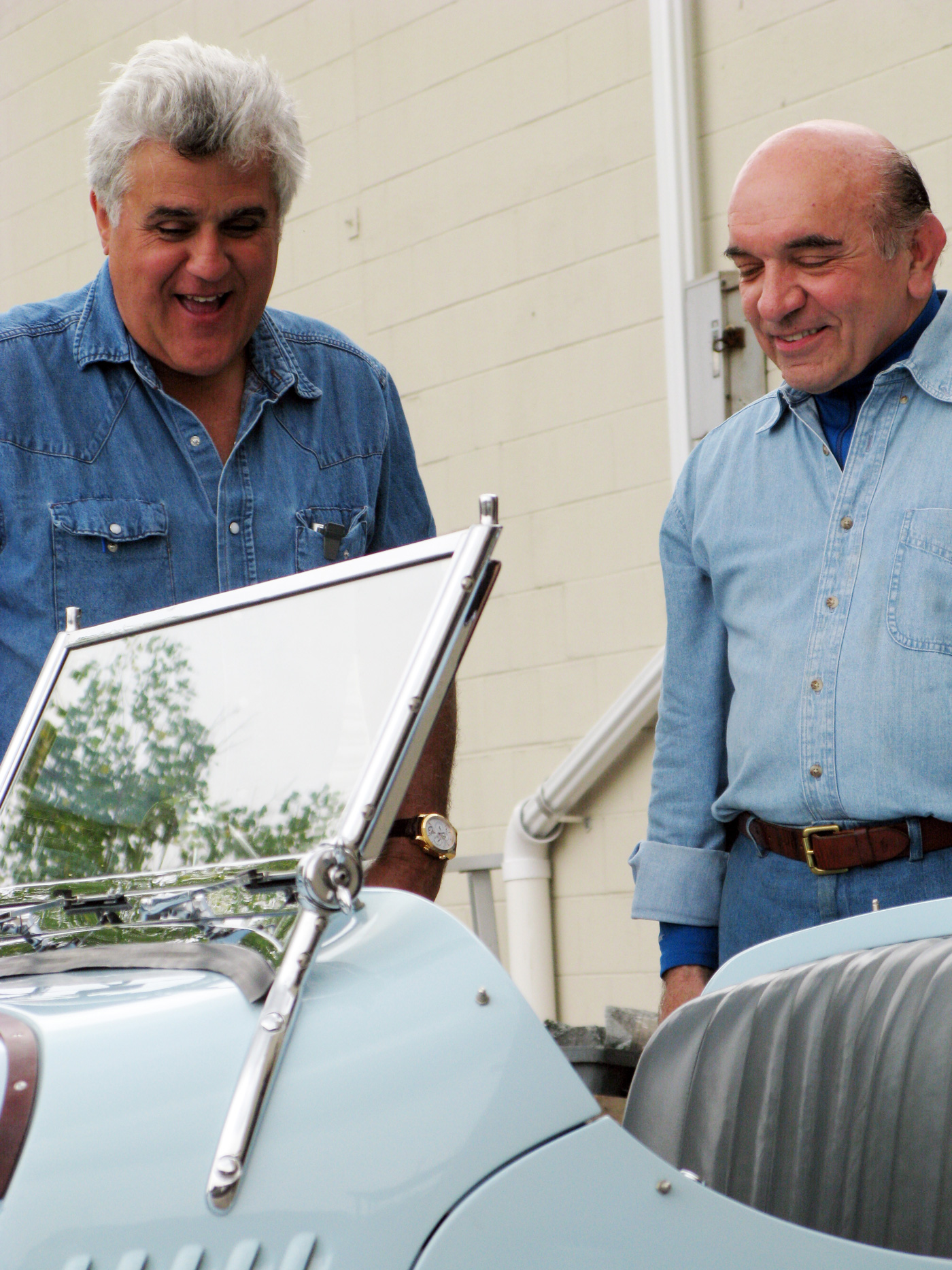
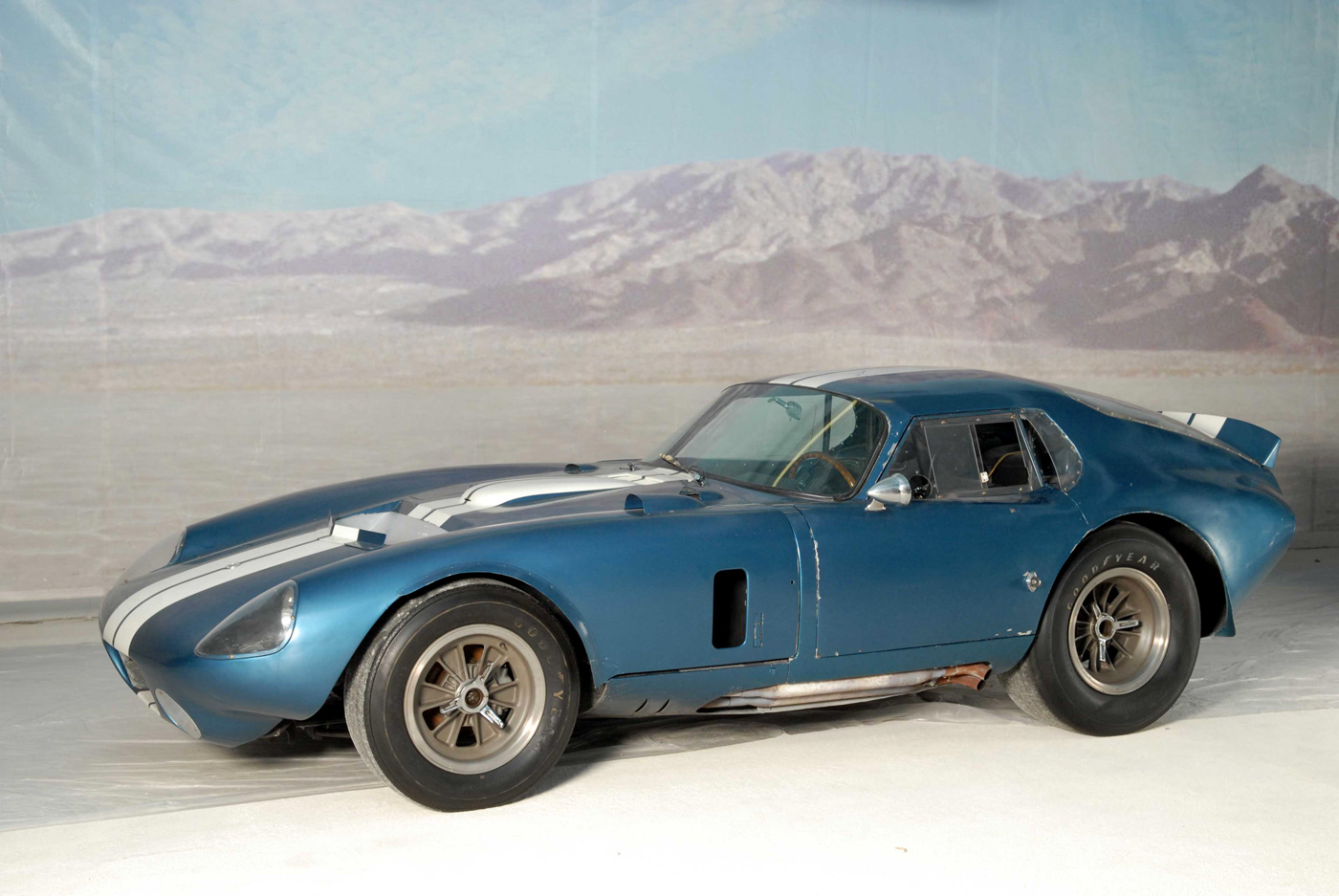
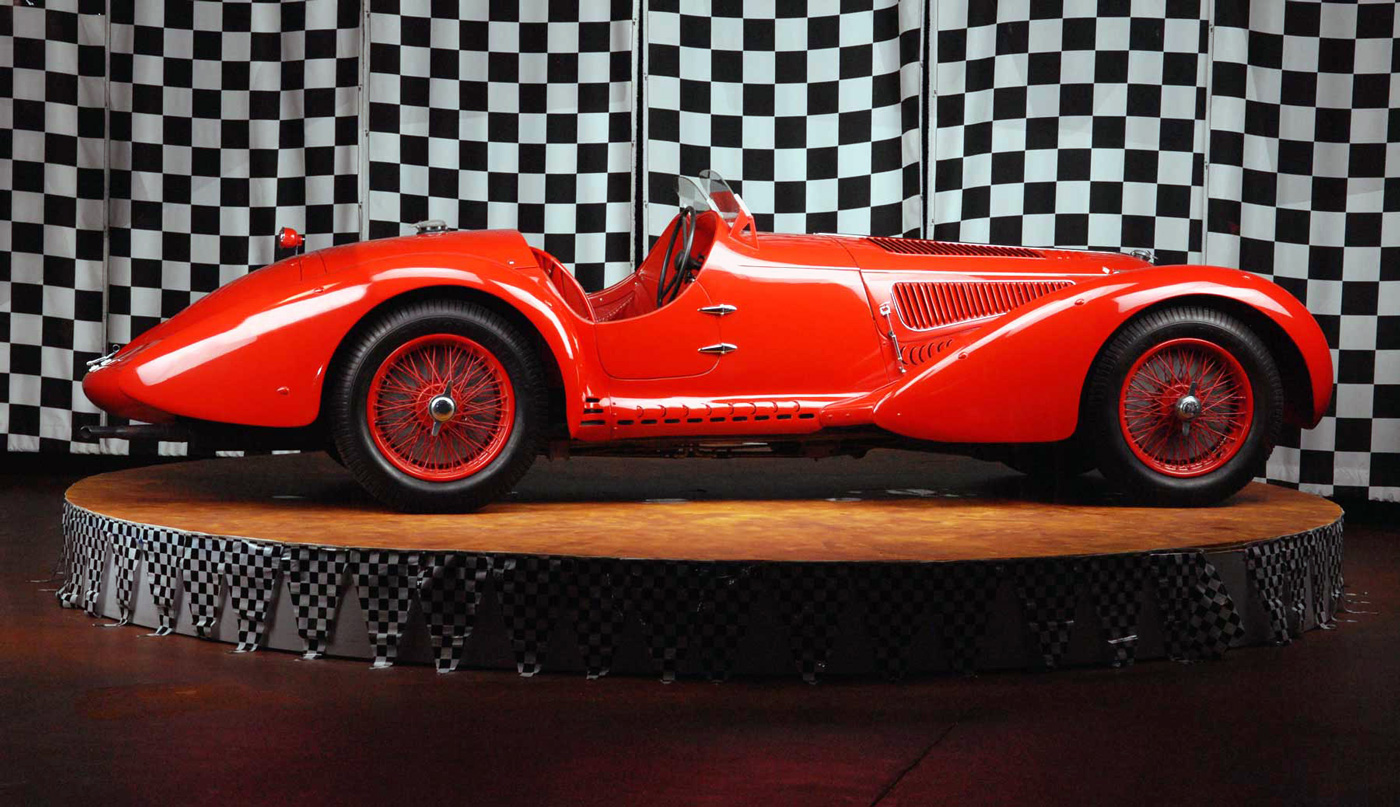
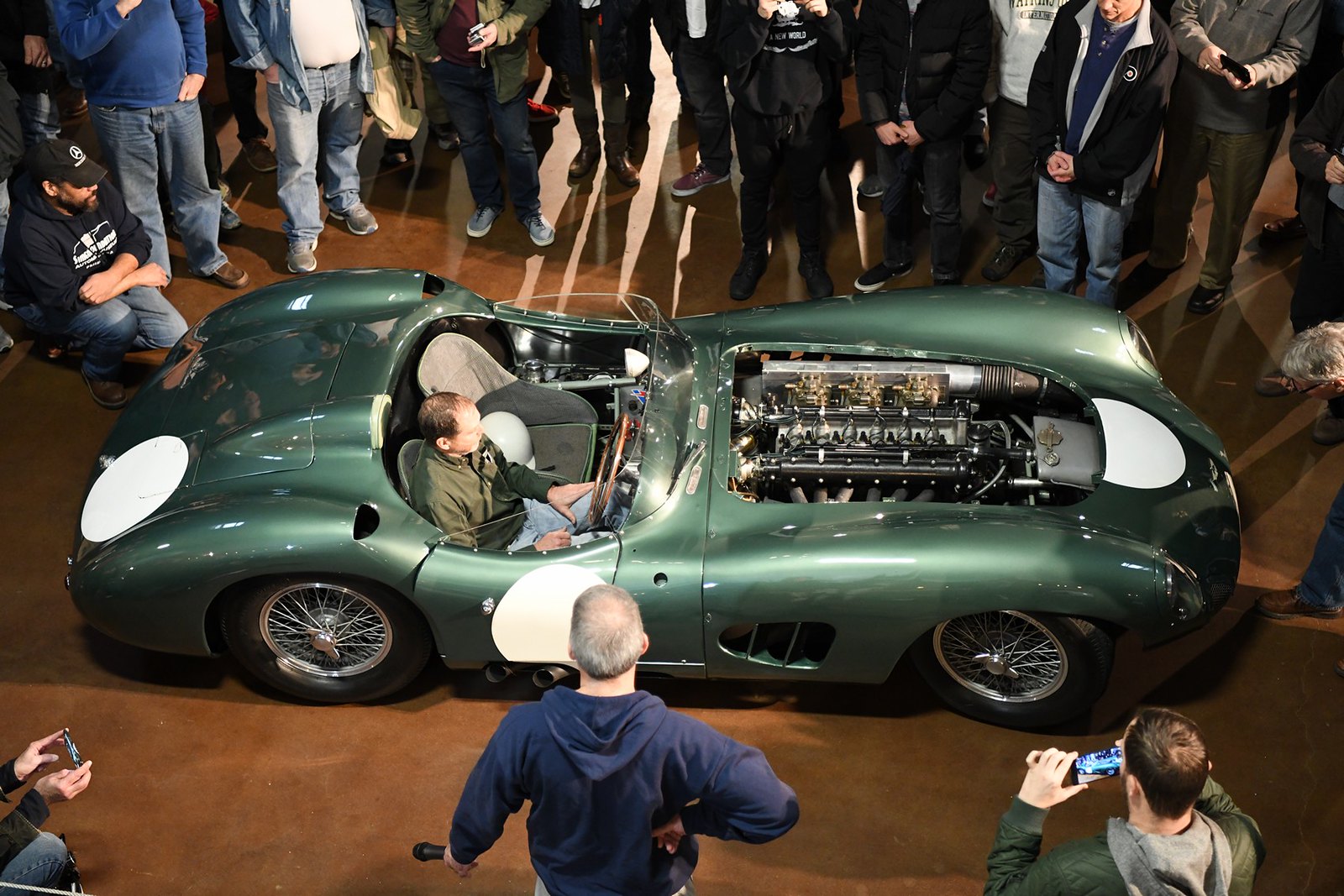
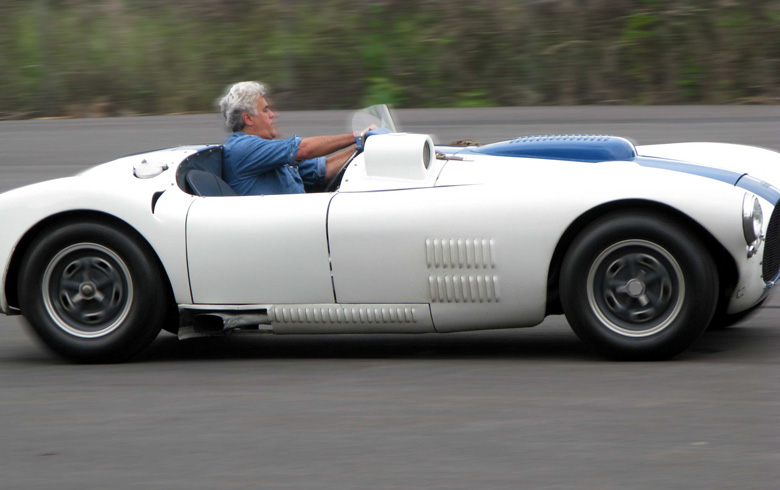

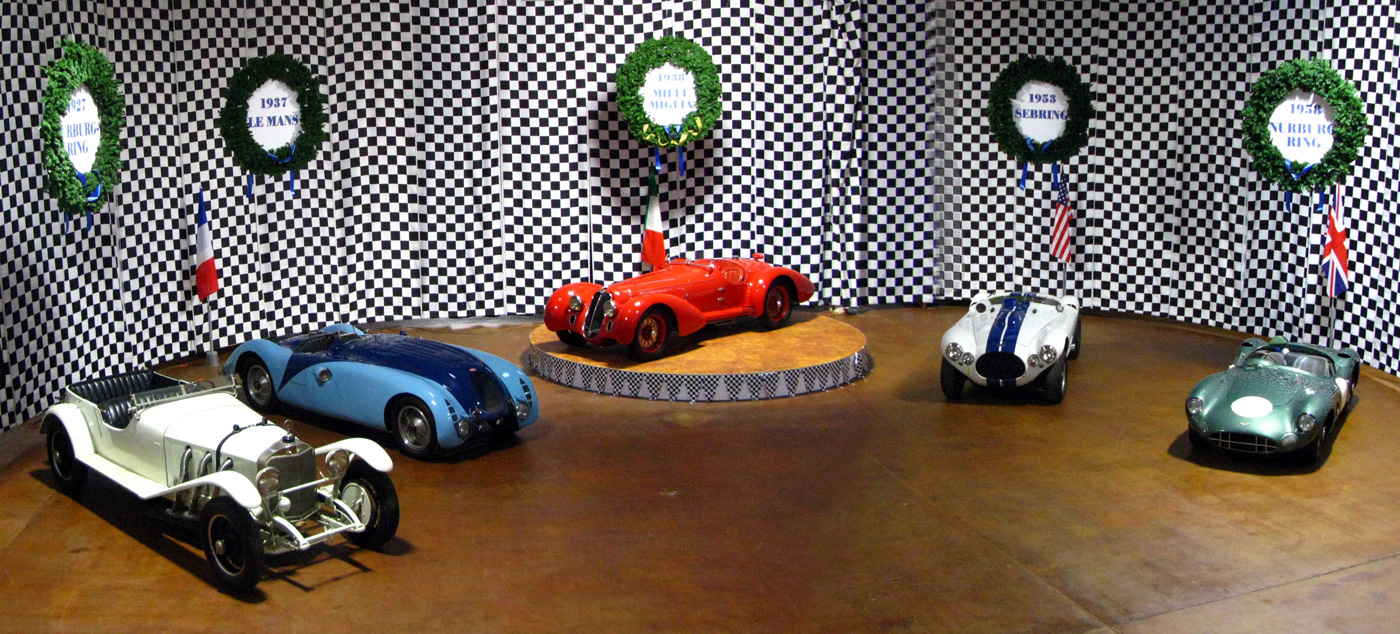
A man who has always recognized the importance of preserving actual history for future generations.
Fred is an extraordinary combination of intelligence, modesty, and kindness. Years ago I went to his back-street warehouse, before the museum opened. He showed me a dazzling collection–Squire, Alfa 1750, lots of cars that would by themselves have made my day. Then he quietly offered that, “if you’ve got time, the good stuff is upstairs.” Good stuff–that is, all the Le Mans cars, the race winners, even the recently-bought Cobra Daytona. IF I HAD TIME??? I would have crawled on my hands and knees from Virginia to see them! But that’s the kind of man he is.
We became friends when I sold him my Peugeot Darl’Mat. It had Le Mans history, and I was able to give him its whole story, from when a friend of mine rescued it from being hauled off the street for junk by paying the owner $1. I owned it for 20+ years but now it’s where it should be, for the enjoyment of future generations.
Paul Wilson